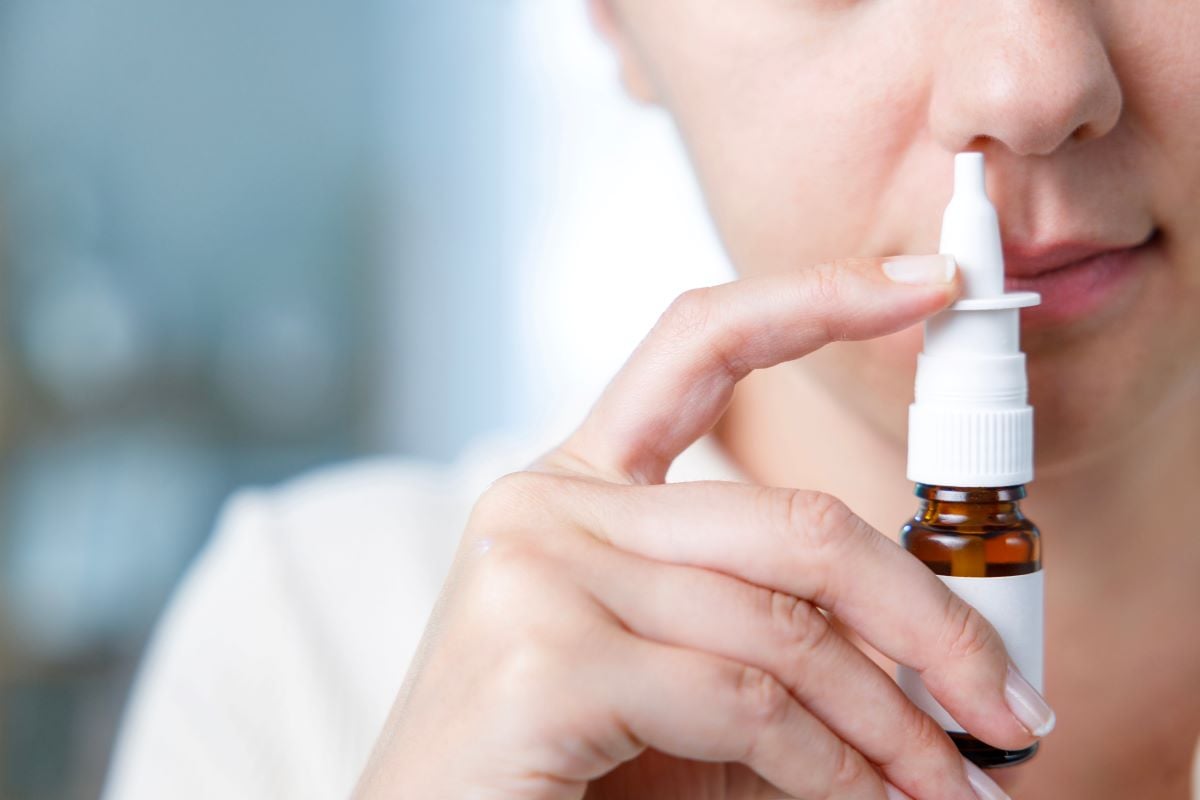Use of gel-based spray or saline spray reduced the duration of illness, while all interventions cut antibiotic use
By Elana Gotkine HealthDay Reporter
TUESDAY, July 30, 2024 (HealthDay News) — Use of nasal sprays and a behavioral intervention promoting physical activity and stress management can reduce antibiotic use for respiratory illness, according to a study published online July 11 in The Lancet Respiratory Medicine.
Paul Little, M.B.B.S., M.D., from the University of Southampton in the United Kingdom, and colleagues examined the effect of nasal sprays or a behavioral intervention promoting physical activity and stress management on respiratory illness in a randomized trial conducted at 332 general practitioner practices. Eligible adults were randomly assigned to usual care, gel-based spray, saline spray, or a brief behavioral intervention promoting physical activity and stress management (3,451, 3,448, 3,450, and 3,450, respectively).
The researchers found that the mean number of days of illness was 8.2 in the usual care group. The mean number of days of illness was significantly lower in the gel-based spray group and saline spray group (mean, 6.5 and 6.4 days, respectively), but not in the group allocated to the behavioral website (mean, 7.4 days). The most common adverse event was headache or sinus pain in the gel-based group (7.8 percent compared with 4.8, 4.5, and 4.5 percent in the usual care group, saline group, and behavioral intervention group, respectively). Antibiotic use was lower for all interventions compared with usual care (incidence rate ratios, 0.65, 0.69, and 0.74 for the gel-based spray group, saline spray group, and behavioral intervention group, respectively).
“These simple scalable interventions could potentially have an important impact on antimicrobial stewardship, and in reducing the impact of respiratory viruses for patients, the health service, and the wider economy,” the authors write.
Editorial (subscription or payment may be required)
Copyright © 2024 HealthDay. All rights reserved.








